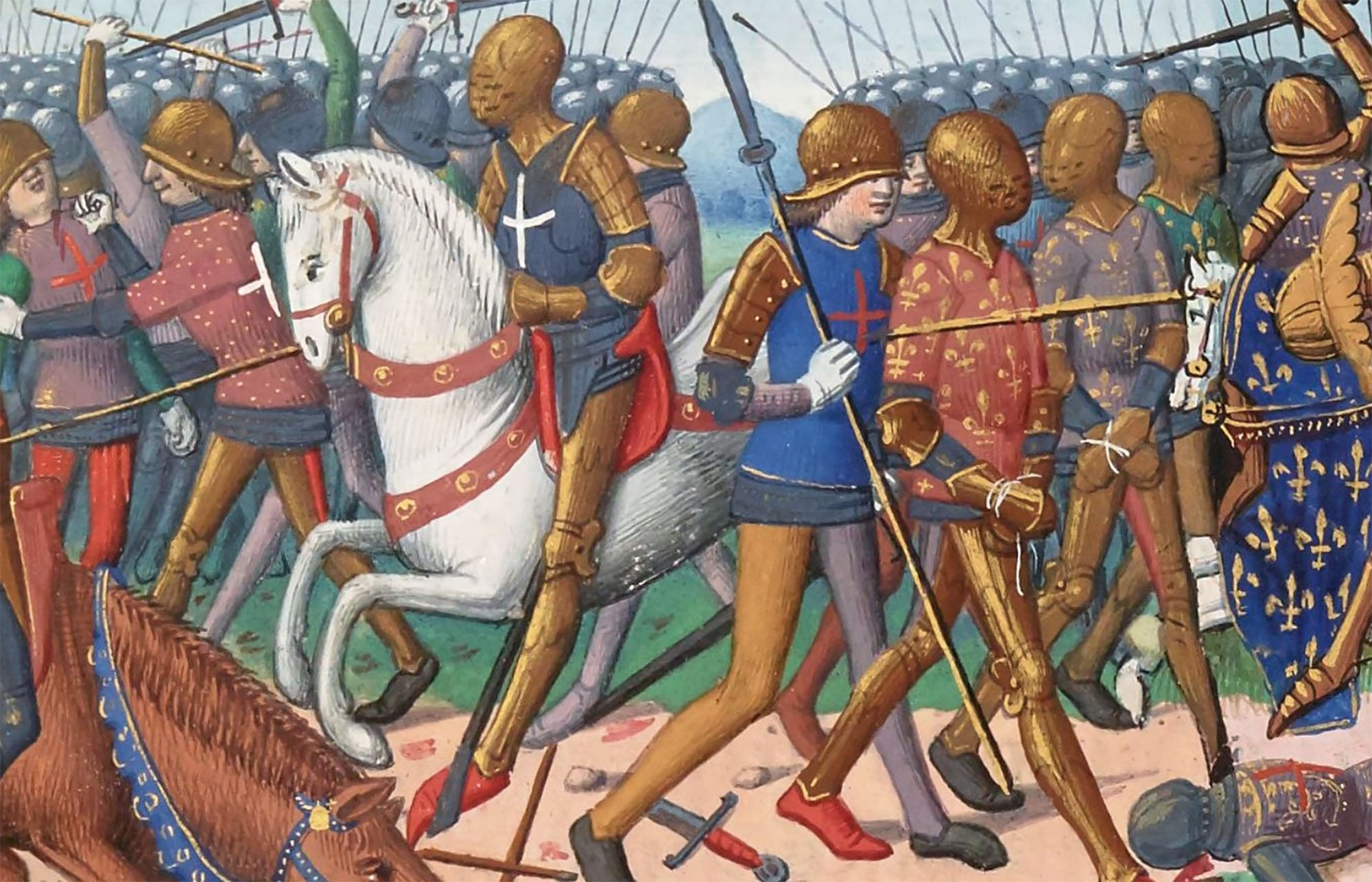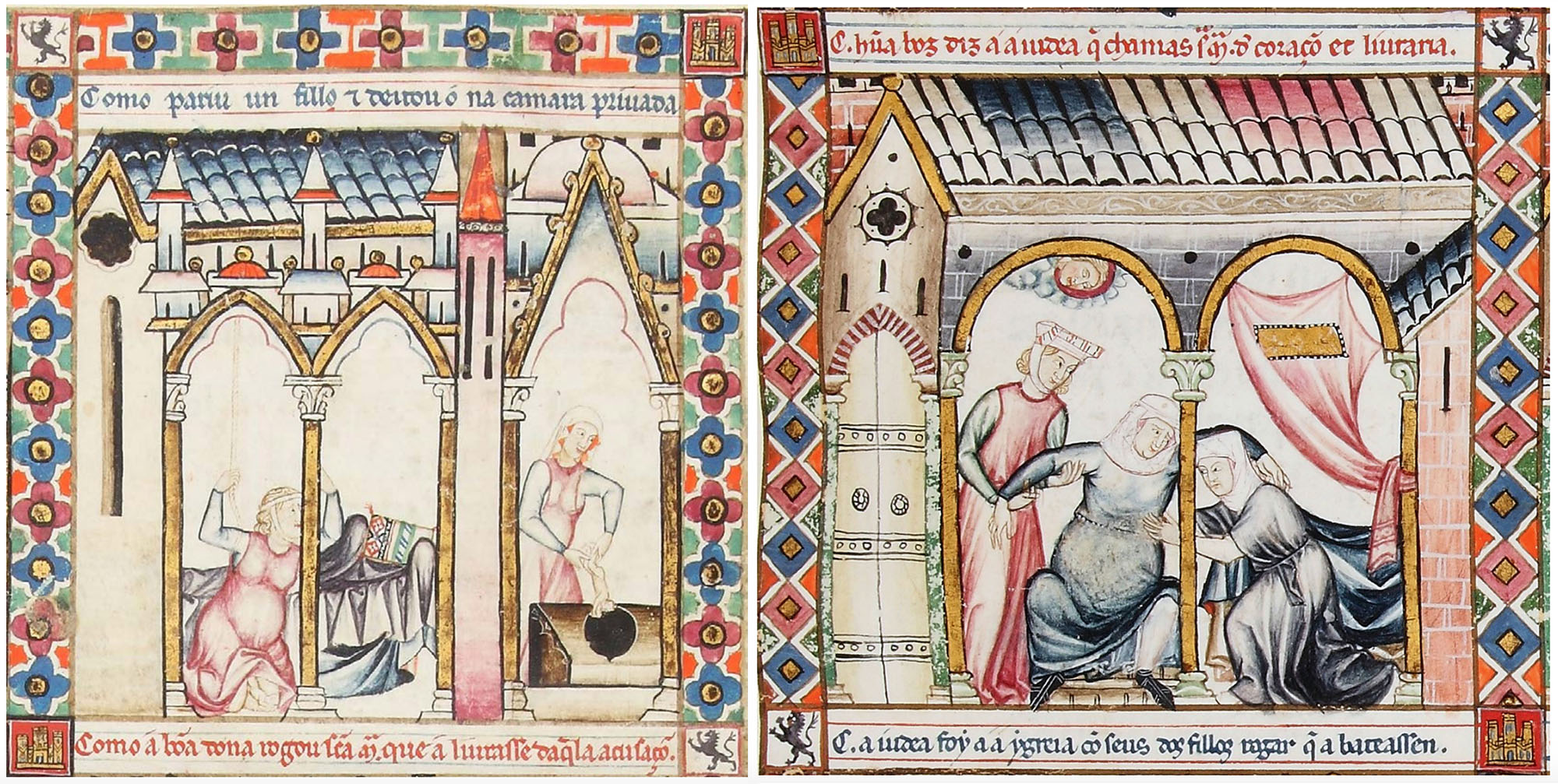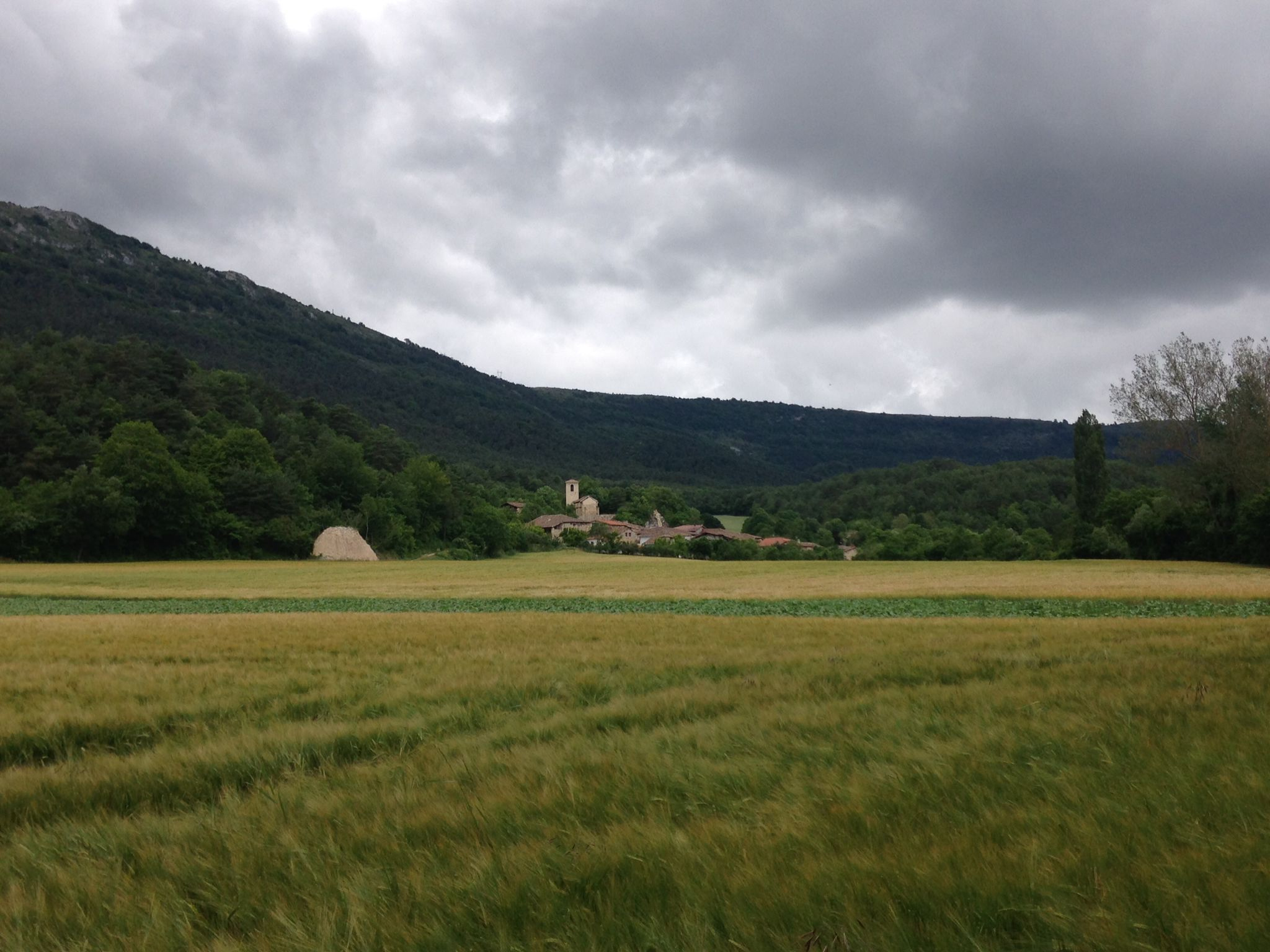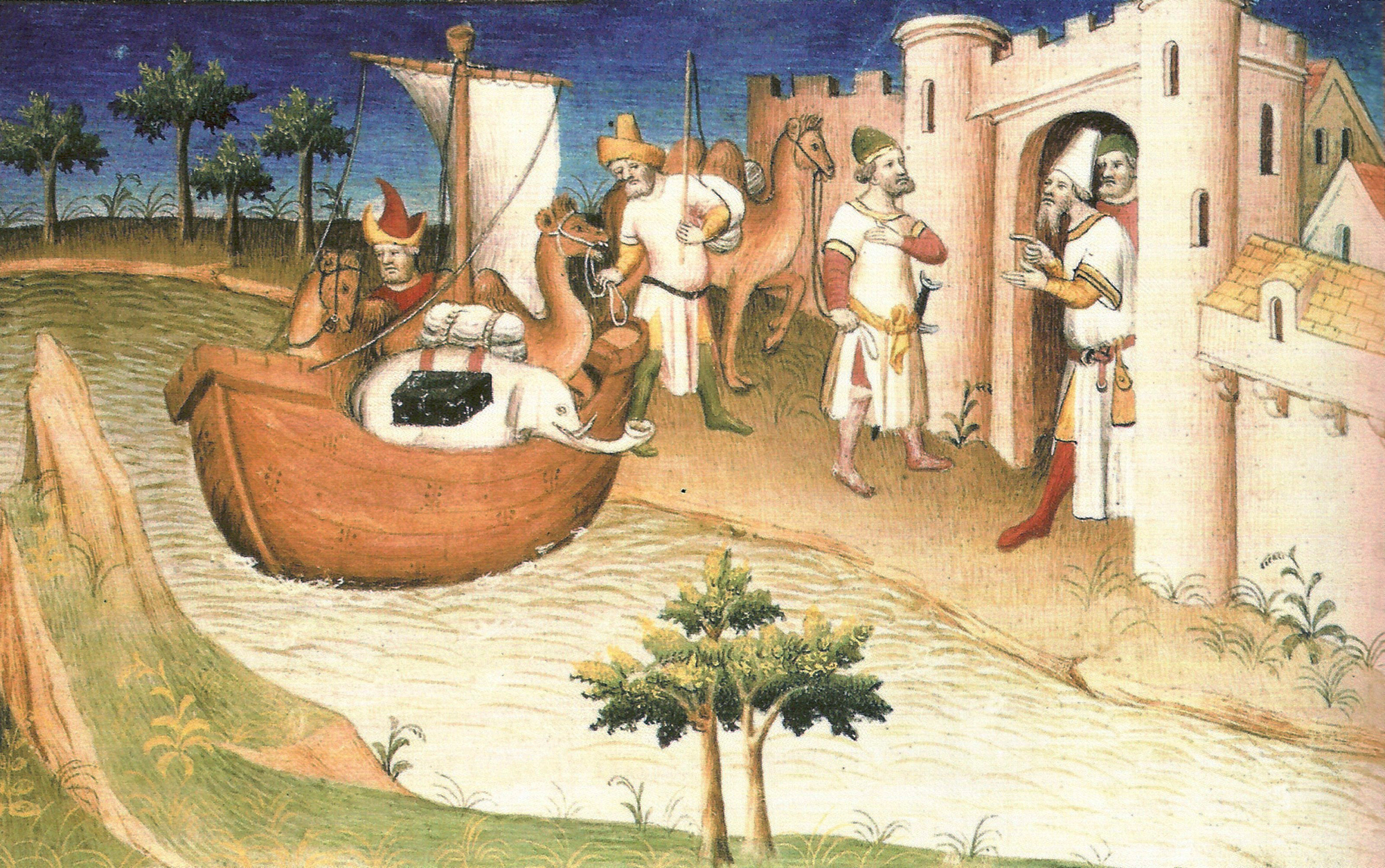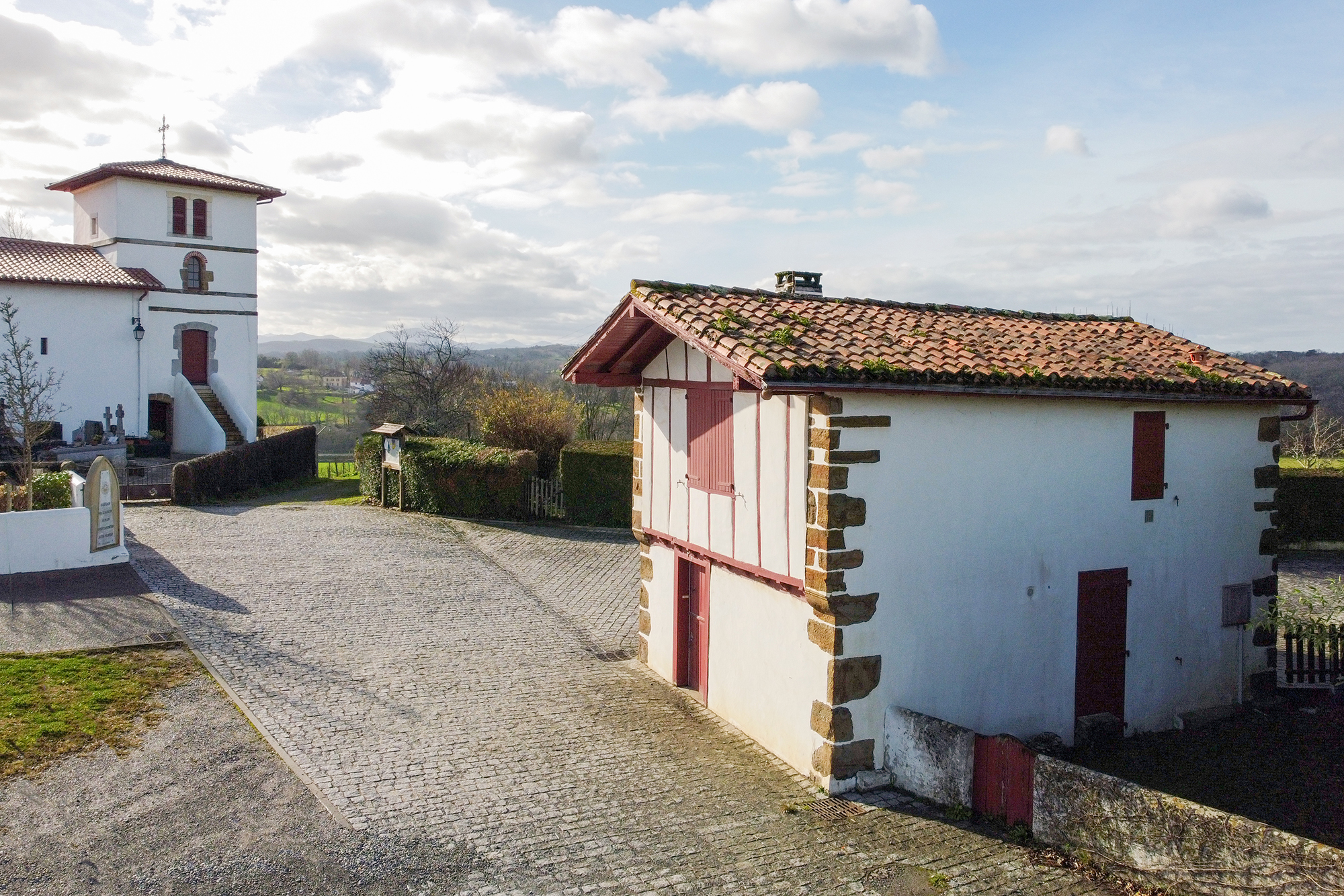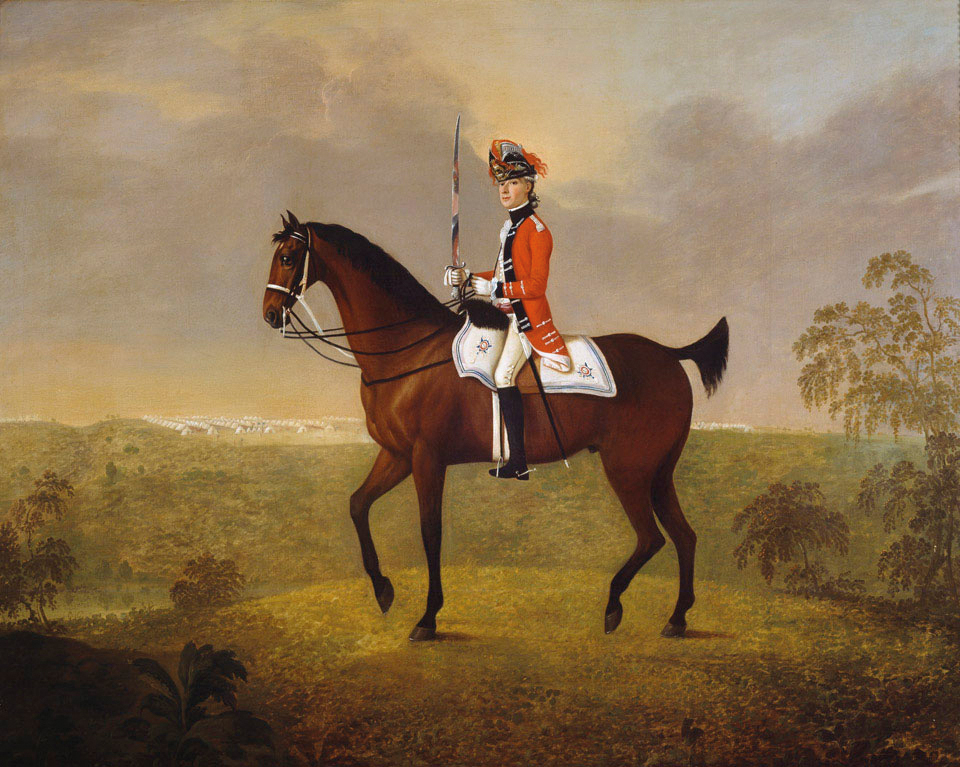Ziryab, 9th century influencer
- Mosul, 789. Abu Al-Hasan Ali ibn Nafi was born in the city of Abbastar caliphate. He was known as Ziryab (zozo) for his dark skin and, above all, for his beautiful voice, according to historian Ibn Hayyan (987-1075).
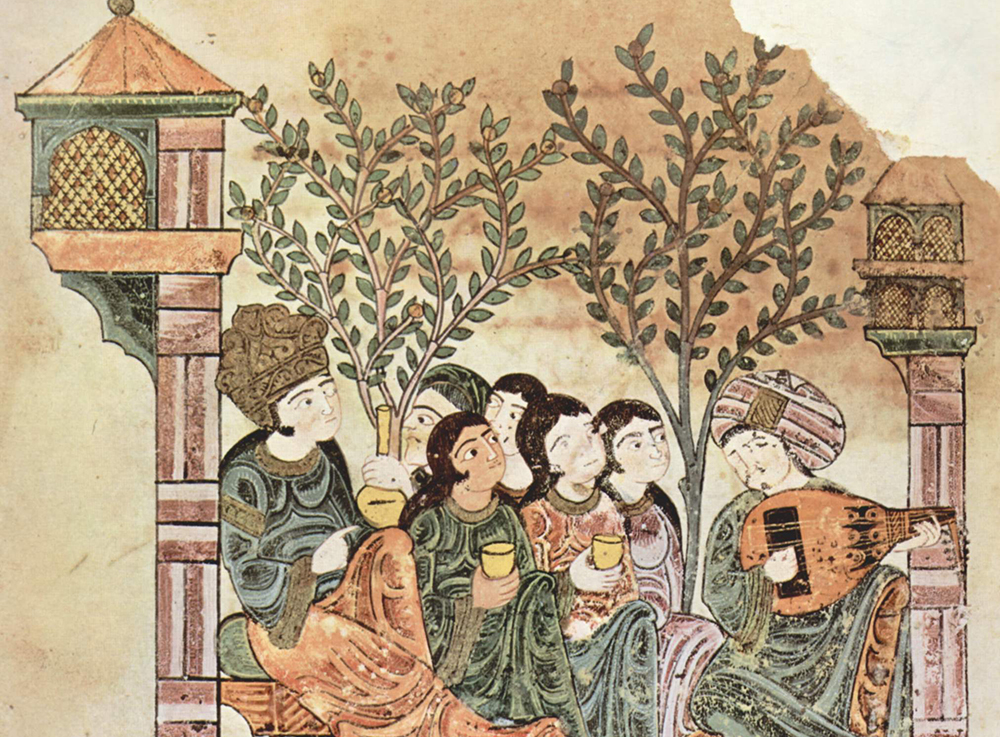
Through this gift, Master Ishaq al-Mawsili introduced him to the caliph court, but when the student surpassed the teacher, through jealousy and envy, the disciple fled Baghdad's court in 822. According to other sources, he left the city before, in 813, and after touring Syria and Ifriki, the travelling musician went to Córdoba. The new Emir Abd ar-Rahman II opened there, on the one hand, because the Omeians were fastidious enemies of the abbes of Baghdad and, on the other, because the Emir wanted Córdoba to be the most important cultural capital of Europe. From then on, Ziryab lived in Córdoba, where he died in 857. And yet its influence was going to go a long way in many areas.
With freedom and resources to develop and disseminate his musical skills in Córdoba, he created the first conservatory of music in Europe. There the students learned to tune, to express the body, to hair, to recite, to follow the beat... In view of the lessons, it is clear that singing was a particular task in the conservatory, but Ziryabe also contributed to musical instruments. To the oriental plane called you, you added the fifth string, which would be the origin of the classical guitar, even though you still had to add another string.
In gastronomy, the first recipe for must was yours, at least the version of the must that was made before bringing tomatoes and peppers from America. But his most popular dish, which exceeded the limits of Al-Andalus, was the Cirbaya, made of milk, meat and almond. Catalan dishes menjar blanc, blanc-manger french and Viancomangiare italian have their origin in them. He also suggested the usual order of dishes from broths and snacks to desserts.
Like any base influencer, it left its mark on clothing and aesthetics. In cold times, you see dark and hot colors, and you see it in clear colors, distinguishing the right garments for the morning, afternoon and night. Among the men it became fashionable the long hair front, opened beauty salons for the women and created an aesthetic institute that gave classes of hairdressing, hair removal and cosmetics.
According to Ibn Hayyan, he had time to have ten children.
Japonia, XV. mendea. Espioitzan eta hilketa ezkutuetan espezializatutako eliteko talde militarra sortu zen. Edo horixe uste du behintzat Stephen Turnbull historialari britainiarrak. Beste aditu batzuen ustez, askoz lehenago sortu ziren ninjak, duela 2.300-2.500 urte inguru. Eta... [+]
Zamora, late 10th century. On the banks of the Douro River and outside the city walls the church of Santiago de los Caballeros was built. The inside capitals of the church depict varied scenes with sexual content: an orgy, a naked woman holding the penis of a man… in the... [+]
In the fall of 1415 the battle of Agrincourt erupted between England and France, one of the most decisive wars of the Hundred Years War. To this end, when Henry V, king of England and lord of Ireland, decided to send his army to France that summer, the soldiers landed on the... [+]
Toledo, 1272-1280. Alfonso X of Castile gathered 427 monomedical songs dedicated to the Virgin. The Cantigas de Santa Maria constitute one of the most important musical and literary collections of the Middle Ages, but being decorated with the miniature cantiga, these... [+]
The European Middle Ages are generally depicted as a dark era. We relate it to delay, violence, belief and tyranny. Those who lived that time are considered barbaric and ignorant. Its name is also significant, because it is contemptible: as a time of little importance that... [+]
Venice, 24 April 1459. The monk and cartographer Fra Mauro finished the map of his world in his cartography workshop in the monastery of San Michele in Murano. This work was done on behalf of the Portuguese king Alfonso V.aren and, once the map was completed, it was sent to... [+]
Rome, April 1215. IV. In the Council, the Catholic Church prohibited the surgery of priests and monks, among others. Also in previous councils, Reimsen and Tours, they worked on the issue, arguing that only legataries had to deal with saving souls and that they had to avoid the... [+]
Venice, 8 January 1324. The famous traveler and merchant Marco Polo died at the age of 70. About to die, the people gathered in the area asked him to recognize that what was told in the book Description of the World was a fiction, but the last words of the traveler were: “I... [+]
Até agora considerouse que os estribos e celos fundamentais para o uso dos cabalos inventáronse en China cara aos séculos V ou VIN. Pero na cova de Urd Ulaan Unet, en Mongolia, atópase máis antigo, do século IV. O bidueiro da zona está feito de madeira, polo que non é... [+]














